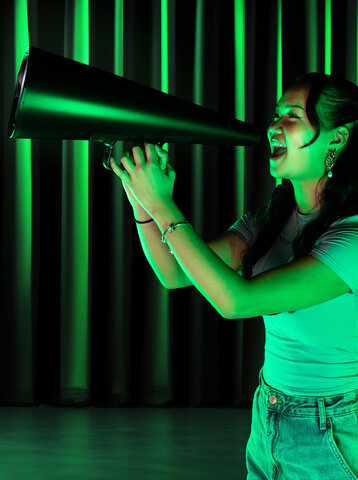
This is important at HFU right now
Besides this current news, you can also find out what's going on at Furtwangen University in our HFU newsletters: To our newsletters.
If you'd like us to let you know as soon as a new newsletter is published, please email Email application is started:presse(at)hfu.eu to sign up for the newsletter.
In September 2023 Furtwangen University was the victim of a cyber attack. Click here for Internal link opens in the same window:information on data protection law regarding the cyber attack.
73 articles found
Filter-

-

Chairman of the Board of the Association of German Schools in Chile visits HFU Business School
-
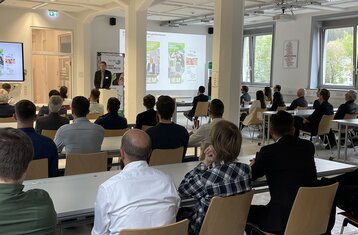
Industry evening@WING: A great success!
Lectures - lab tours - exchange
-

Network at the show of work
HFU Tuttlingen Campus presents study and research projects at the IFC
-
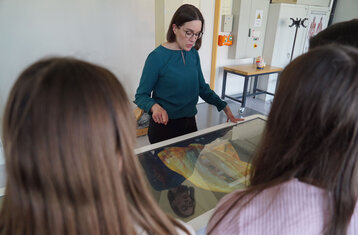
Digital eye on the dissection table
New opportunity to learn anatomy in three dimensions at Furtwangen University
-
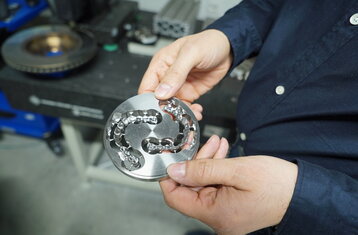
Ice-cold milled implants
HFU Institute for Advanced Manufacturing tests new process with CO2 “snow”
-

Top performance recognised
Daniel Schönle and his team receive award from the International Academy, Research, and Industry Association
-
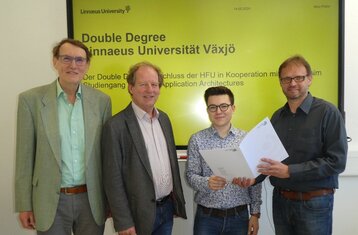
First graduate of double degree programme offered with Swedish university
First graduate of cooperation between Furtwangen and Sweden
-

CHIRON Group donates CNC machining centre to HFU
“Practical training for young people is important to us!”
-
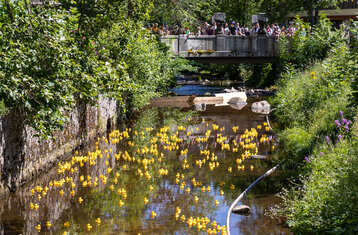
Squeaky clean fun on the Breg
Duck races on Breg run by Furtwangen University students
-
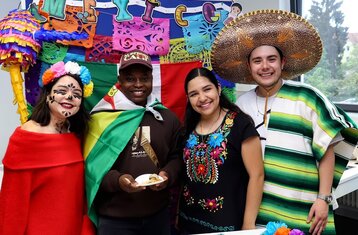
International flair and cultural diversity
HFU Business School students host annual “International Festival”
-
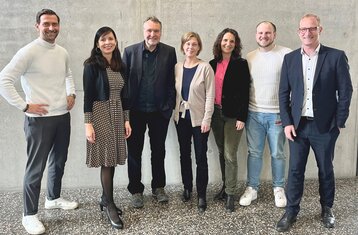
Become a team player with real legal cases
New degree programme at HFU as an alternative to traditional law studies
Narrow results
Published by
- Press Office 18
- HFU Business School 9
- Business Information Systems 7
- Industrial Technologies 3
- Medical and Life Sciences 3
- Library 2
- Institute for Applied Research 2
- Innovation and Research Center (IFC) 2
- Contact study programme 2
- Health, Safety, Society 2
- Computer Science 2
- HFU Academy 1
- Sustainability 1
- Digital Media 1
- Business Administration and Engineering 1
